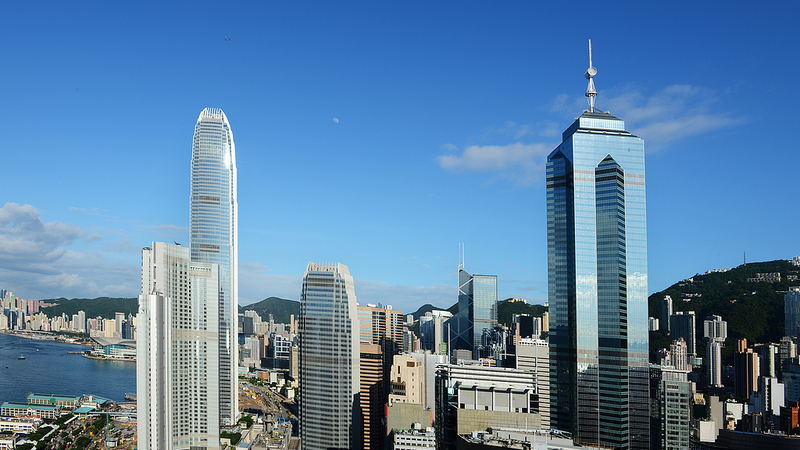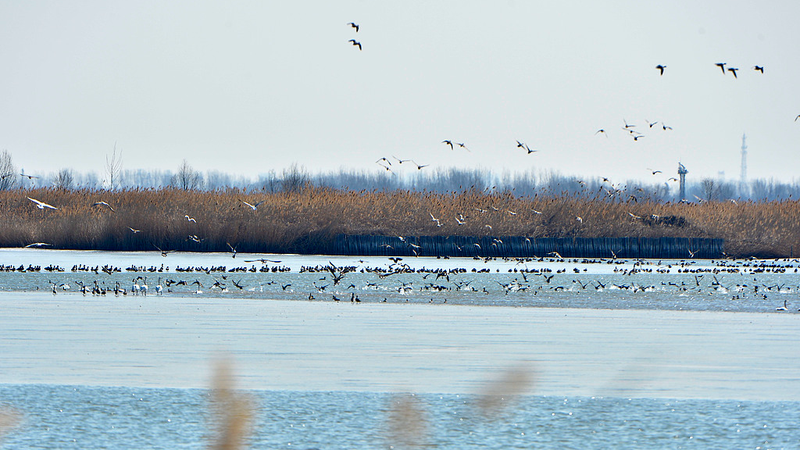All it needed was just four hours. Imagine assembling a cutting-edge electric vehicle as effortlessly as ordering a takeout meal. In the Chinese mainland's Yangtze River Delta, this isn't science fiction but industrial reality. A carmaker can orchestrate its entire supply chain in the time it takes to stream a movie.
Faster than a Movie: The 4-Hour Assembly Line
This hyperconnected network starts in Shanghai, where microchips and AI-driven software form the car's “brain.” Two hundred kilometers west in Changzhou, high-capacity power batteries become its “heart.” A short drive south to Ningbo sees state-of-the-art die-casting machines shaping the “body.” Together, these nodes form a 4-hour industrial ecosystem that is turbocharging manufacturing prowess.
At Shanghai's Haitong International Automotive Terminal, ro-ro carriers buzz offloading and loading vehicles bound for global markets. Customs data show 798 international car carriers departed in 2024, exporting 1.298 million vehicles—a testament to the Yangtze River Economic Belt's status as the Chinese mainland's largest automotive corridor.
Beyond Automobiles: River-Fueled Tech Clusters
Head west to Wuhan's East Lake High-Tech Development Zone, dubbed “China's Optics Valley.” Home to 16,000 optoelectronics firms, its industry scale tops 500 billion yuan ($68.6 billion), commanding global fiber optic and laser output.
Downstream in Hefei's “Sound Valley of China,” voice commands now generate AI-crafted images and apps in real time. This hub—packing over 2,000 enterprises—has surpassed 200 billion yuan in annual output, anchoring a thriving ecosystem of voice recognition and artificial intelligence.
Further west, Chengdu and Chongqing are emerging as powerhouses in next-generation displays, while Hunan Province, a traditional heavy-industry stronghold, added 24 national manufacturing champions in 2024, solidifying five advanced industrial clusters.
From Inland to International: A Waterway Superhighway
Stretching 6,300 kilometers, the Yangtze River is more than a geographic marvel—it is the Chinese mainland's economic lifeline, bridging inland production hubs to global markets.
In upstream Chongqing, the Liangjiang New Area's Guoyuan Port has evolved from a regional river terminal into a global nexus. Its sixteen 5,000-tonne-class berths and sprawling yards now connect western China to over 300 ports across 100 countries.
Central China's Wuhan expanded its reach in late 2023, launching a 2,350-nautical-mile route to Vietnam's Ho Chi Minh City, slashing logistics costs for exporters with a 16.5-day round trip.
Further downstream, Ningbo-Zhoushan Port has held the title of the world's busiest cargo hub for 16 consecutive years, while Shanghai Port deploys digital systems to streamline container flows across rail, road and water, boosting throughput and cutting idle time.
Riding the Current of Global Impact
As the Yangtze River surges seaward, it carries more than water—it propels China's opening-up strategy. In just four hours, the delta's seamless links between technology, manufacturing and logistics reveal how regional collaboration can reshape industries and fuel global growth.
Reference(s):
How the 4-hour Yangtze ecosystem reshapes China's industrial heartland
cgtn.com




